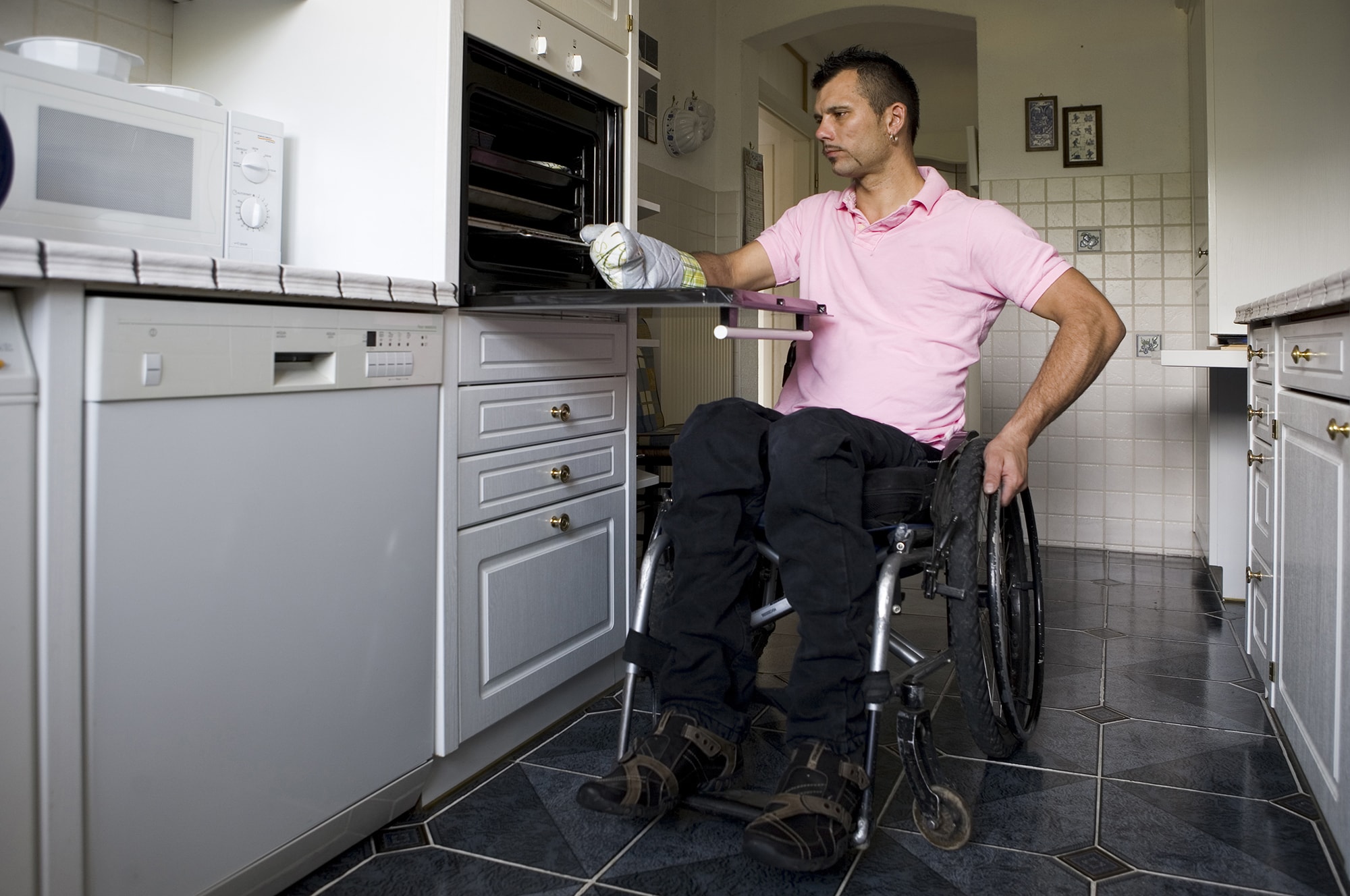
A financial support program for adapting your home

What are the goals of your RAAP Home Adaptation Program?
This program, administered by the Société d'habitation du Québec (SHQ), aims to help disabled people to adapt their home so they can perform their daily activities: feed and wash themselves, go to the toilet, get dressed and care for their appearance, etc. In addition, they should be able to easily enter and leave their home as well as safely access essential parts of their house. Obviously, everyone is different; the ability to carry out daily activities will vary from one person to the other. The assessment of people's abilities remains the best way of determining one's state of health and autonomy.
Who is eligible for the Home Adaptation Program?
A disabled person whose impairments significantly limit his or her daily activities and that would need home improvements to achieve those activities effectively. The person must demonstrate by an official document that his disability is significant and permanent. A formal assessment by a health professional is required. Generally, an occupational therapist will analyze the situation, make a diagnosis and specify the required needs.
This financial assistance is directly paid to the home owner for essential, functional and economic home adaptations. The disabled person must not be eligible for financial assistance under another program or private or public insurance plan for their home adaptation project.
What are the eligible home adaptation projects?
Eligible home adaptation projects are those that allow the disabled person to easily enter and leave his home and safely access essential parts of their house to carry out their daily activities. This may include, for example, installing an outdoor access ramp, remodeling a bathroom or widening door frames.
What are the steps of a request for help?
For renters, it is important to have your landlord's approval before any work can be done. He must complete a form confirming that he's authorizing the home adaptation projects on his property.
Subsequently, a registration form must be obtained from the CLSC or directly from the SHQ. This form must be returned to the SHQ with the required supporting documents. The SHQ will be following up directly with the CLSC and your municipality. A confirmation will be sent to you and will indicate the approximate waiting time before an occupational therapist will have your file on hand and be able to do the required formal assessment of your living situation. If this period seems too long, you can also decide to use the services of a private occupational therapist. In that case, it's up to you to take charge of the entire process! Otherwise, the CLSC occupational therapist and a representative from your municipality will visit your home and determine the list of eligible home adaptations based on your specific needs.
The next steps are to obtain different quotes, select a recognized contractor and have the authorized renovations done. Finally, the owner will receive the financial assistance once the home adaptation projects are completed done and verified.
To learn more about the Home Adaptation Program (RAAP)
For more information contact Sylvain Latendresse: 514.332.4433 extension 33
To learn more about the RAAP program : www.habitation.gouv.qc.ca
Ce programme administré par la Société d’Habitation du Québec (SHQ) vise à aider une personne handicapée à adapter son domicile afin qu’elle puisse y accomplir ses activités quotidiennes : se nourrir, se laver, aller aux toilettes, s’habiller, prendre soin de son apparence, etc. De plus, la personne handicapée doit évidemment être en mesure d’entrer et de sortir de son domicile et d’accéder aux pièces essentielles de façon sécuritaire.
